S.S.Mohegan
The Manacles
14th October 1898
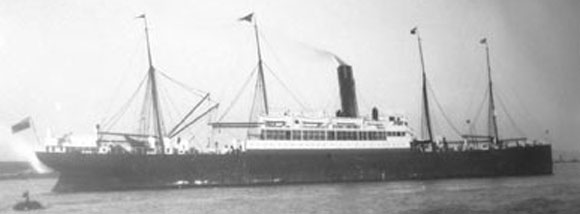
It has been said that the Manacles is the graveyard of a thousand ships. No one living can an account for even a goodly number of those unfortunate ships, boats, vessels or whatever appellation one might choose in describing them.
Of these, one is still spoken of in subdued tones of reverence when the name `Mohegan` is mentioned. There is no one alive that who can remember that awful fateful night on Friday evening of October 14th 1898 when 106 persons, in a very short space of time, met their doom. This was, comparatively speaking, a modern tragedy, in a period when science was wrestling against the hazards of the seas to make ocean journeys safer for humanity and superseded only by the wreck of the `JOHN` an emigrant ship, some 40 odd years before who could not combat the combined efforts of an easterly wind and a strong ebb tide, and before another day dawned, 190 persons were washed off the decks and drowned.
Two communal graves in St. Keverne Churchyard bear silent testimony of these two notorious disasters.
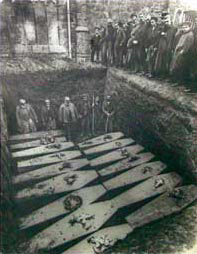
Of the Mohegan, how she came to be in the position she was, is a question that has never been satisfactorily answered. It has been attributed to a magnetic influence set up by the rocks in the Manacles district, and which is more pronounced after a storm actuated particularly by an easterly bearing, of which there was recorded such a happening only a short time before the catastrophe. This influence was supposed to affect the compass and this was a suggested possible explanation of the cause of the Mohegan`s foundering.
Mrs. Tripconey, then a resident of Porthoustock (or “Proustock” as the local inhabitants called it) was reported as having visited her outhouse to fetch some fuelling and was astonished to see the little cove brightly illuminated and quickly slipping back indoors, told her husband, describing the phenomenal incident as `like day`. Mr. Tripconey, now aware that it was a craft of some kind and in a perilous position, replied that if it was a ship she would be a wreck by now and hastened to man the lifeboat “Charlotte” which was then stationed at Porthoustock.
In the meantime, Charley Tripconey and Joseph Bryant, a local shoemaker, had taken a boat owned by Dr. Liverton-Spry of St Keverne, and had put to see in an endeavour to discover what the excitement was about. These two discovered a ship, whose identity as yet unknown, fast on the Vase Rock on the outer Vorsges and it was through the information they gave, that the Charlotte made two trips in the pulling lifeboat, manned by stalwart fisherfolk and farmers. There were seven `Trips` amongst the crews and the Cox, James Hill, at 64 years of age completed both journeys.
The full measure of the tragedy began to unfold. It was the S.S. MOHEGAN, of about 7000 tons. She had originally been ordered by the Wilson Furness Leyland Line as `Cleopatra` but was renamed the `Mohegan` by the Atlantic Transport Company, who bought her while still on the stocks in a Tyneside Shipbuilding Yard.
The Mohegan had been dogged by a series of misfortunes. Labour troubles had held up the construction and to complete the order she was rushed through to avoid a `failure to deliver penalty` which was not covered by the provision of a strike clause and after her maiden voyage to New York, had to be docked to enable repairs to be effected. On her return to English waters she was taken to the Tyne for a thorough overhaul. It was on her second voyage to America that disaster overtook her.
There are few tragedies around our treacherous coastline which has aroused such speculation as that which accopanied the sinking of the S.S. Mohegan on 14th October 1898 with such appalling loss of life. Much has been written and related about this catastrophe and mystery surrounds the cause. What is known however, is that the casualties amounted to 106 lives being lost.
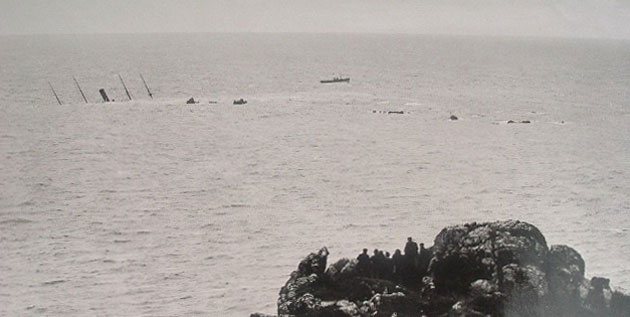
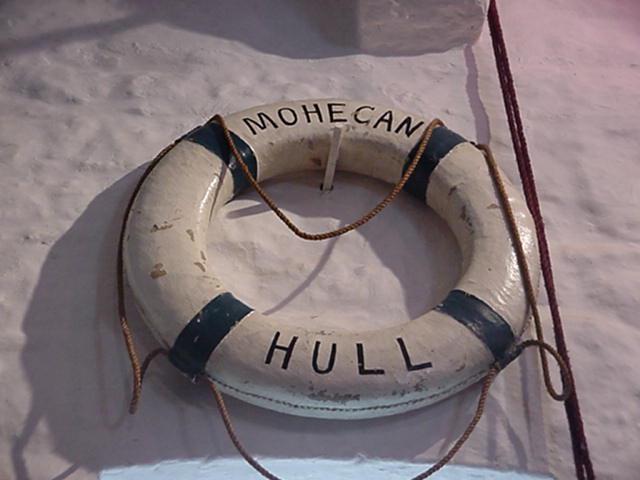
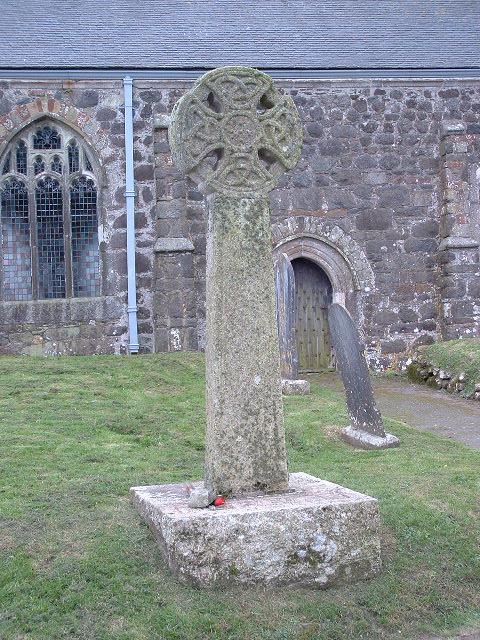
Facts about the S.S. MOHEGAN
Tonnage: 6,889, Length: 475 feet; Beam: 52 feet;
Launch date: April 1898; Maiden Voyage: July 31, 1898;
Destruction: Wrecked October 14, 1898;
AKA: Cleopatra; Operated by ATL: July – October, 1898;
Notes: Single screw, 13 knots, triple expansion engines by the builder with cylinders of 32″, 54″, and 90″, and a stroke of 66″. Four boilers operating at 200 psi, two steel decks and eight watertight bulkheads;
Port of registry, Hull;
Sisters: Menominee, Manitou, Mesaba, Marquette.